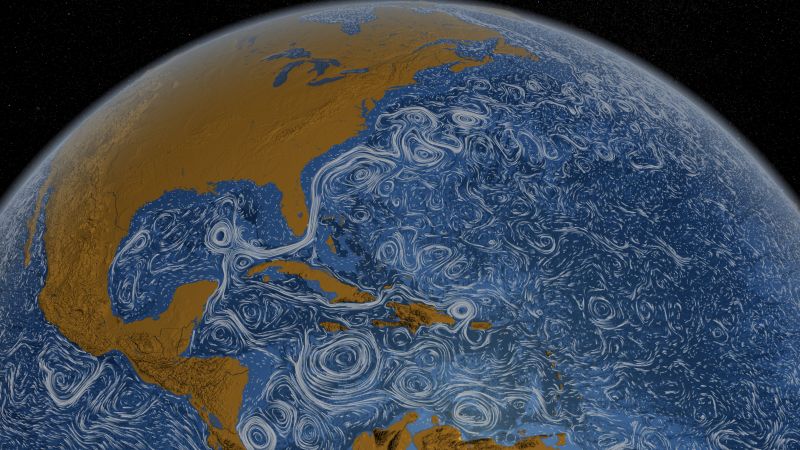RSS Feed Source: MIT Technology Review
Organizations are deepening their cloud investments at an unprecedented pace, recognizing its fundamental role in driving business agility and innovation. Synergy Research Group reports that companies spent $84 billion worldwide on cloud infrastructure services in the third quarter of 2024, a 23% rise over the third quarter of 2023 and the fourth consecutive quarter in which the year-on-year growth rate has increased.
Allowing users to access IT systems from anywhere in the world, cloud services also ensure solutions remain highly configurable and automated.
At the same time, hosted services like generative AI and tailored industry solutions can help companies quickly launch applications and grow the business. To get the most out of these services, companies are turning to cloud optimization—the process of selecting and allocating cloud resources to reduce costs while maximizing performance.
But despite all the interest
Click this link to continue reading the article on the source website.



